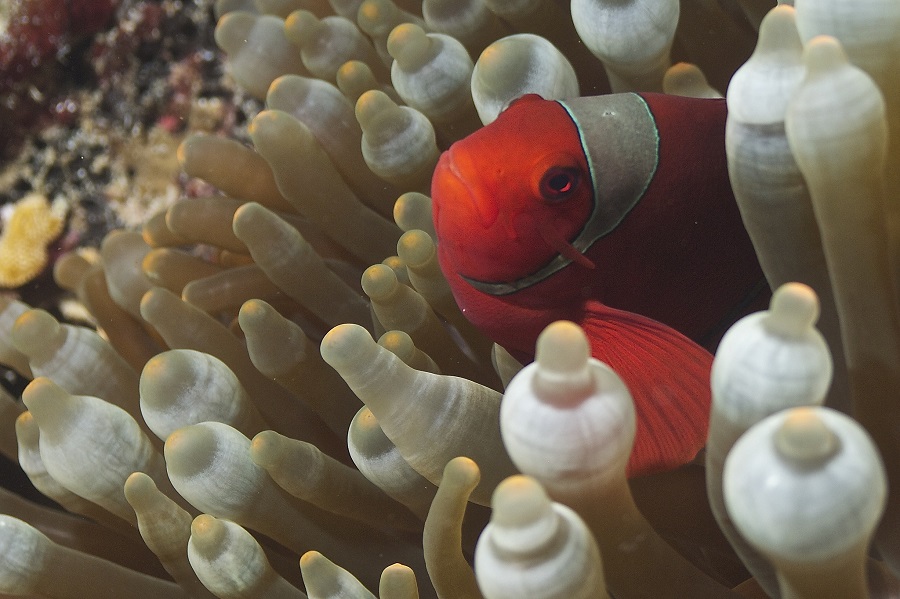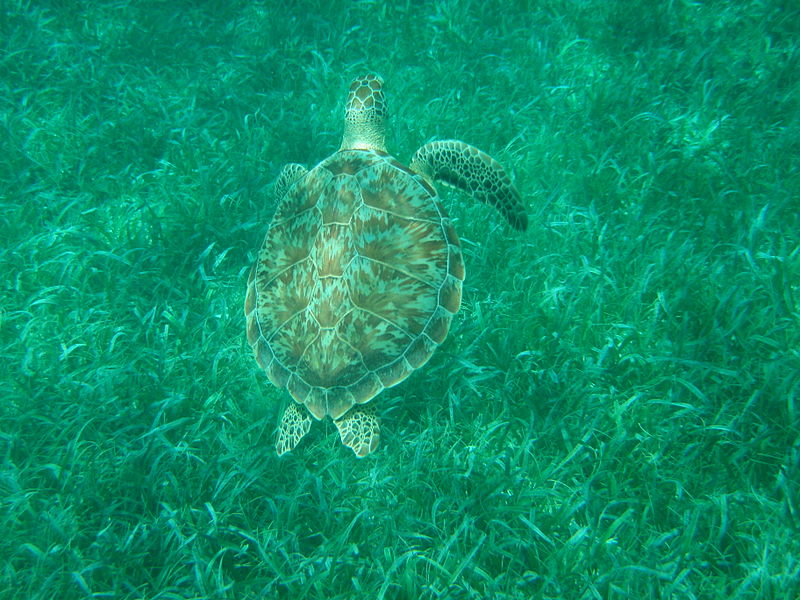Text by Daniel Pauly
Yes, the 6th Extinction is underway, and we are going to lose quite a bit of the Earth’s biodiversity, both terrestrial and marine, because of our agriculture, our fisheries, and because there are so many of us. But we should try to minimize the loss, using all the tools at our disposal.
One of these tools is slowing down, or even reversing, the rate at which we expand into and thus transform and ultimately destroy natural ecosystems and their biodiversity. On land, this consists of creating parks where the natural vegetative cover, notably forests, can maintain or reestablish itself, and provide habitats for animals that cannot live in landscapes shaped by agriculture.
In the sea, where distance depth have ceased to limit industrial fishing operations, marine reserves where fishing is curtailed can help re-establish the functioning ecosystems and the complex habitats that industrial fishing, particularly trawling, invariably destroys.
After many decades of slow progress marked by the creation of small, and largely symbolic marine reserves, a number of countries have created large marine reserves if mainly in the Exclusive Economic Zones of their far-flung overseas territories. Canada, however, has been a laggard in this and its marine reserves (i.e., marine protected areas where fishing is banned) are minuscule.
Therefore, I immediately accepted an invitation to testify in support of marine reserves before the Committee on Oceans and Fisheries of the Canadian Parliament on April 13, 2017.
My presentation, on the usefulness of no-take marine reserves, and the need for Canada to create a network of such reserves, was brief, but it was followed by a thorough Q & A session during which Daniel Laffoley of the IUCN, another presenter, and I could answer the thoughtful questions posed by several members of the Canadian parliament. And we agreed to stay in touch. Perhaps something will come out of this.
So I was in a cheerful mood when, on the flight back from Ottawa to Vancouver, I read Half-Earth: Our Planets Fight for Life, E.O. Wilson’s latest book. Like most of his other books, Half-Earth is an ode to biodiversity that enchants its readers, but will not be read by the folks who decide whether or not to build that coal-fired power plant or to expand a country’s trawler fleet.
However, the idea in the book’s title, and which is mentioned only casually and is not really fleshed out by its author, is a good one: half of the earth is for ‘us’, and half of it is for the animals, plants and other organisms we share the Earth with. This sounds reasonable and fair. We will see how this idea fares.
My third cheerful item is personal. On p. 162 of Half-Earth, E.O. Wilson listed FishBase among the several “complementary projects” to the Encyclopedia of Life (EoL). However, FishBase and the other biodiversity databases in his list are, in fact, not “complimentary” to EoL. Rather, EoL lives off these databases, most of which were created long before EoL began harvesting and assimilating the data they contain, which were painstakingly vetted and encoded by a team of dedicated specialists for over 2½ decades.
Still, it was nice to see a project mentioned in Half-Earth to which my friends and colleagues, notably Rainer Froese and M.L. ‘Deng’ Palomares, and I have devoted so much of our lives. Thus, overall, while they would not warrant an outright ‘hurrah’, maybe the three cheers in my title are justified.




